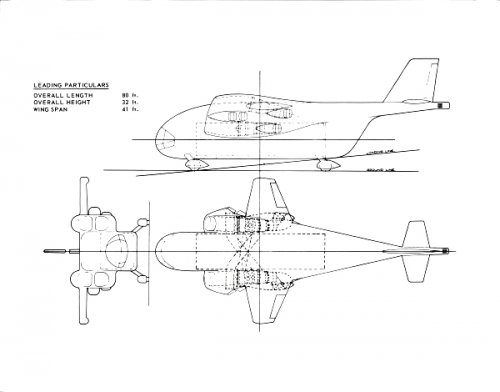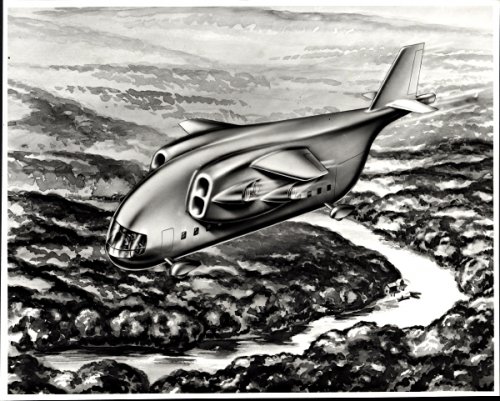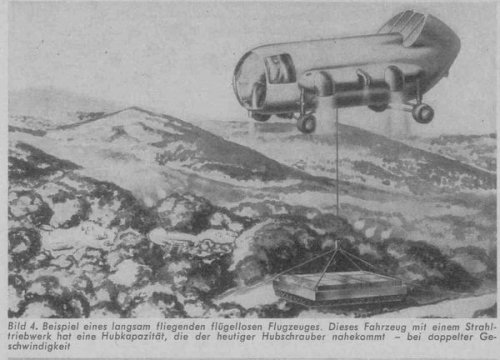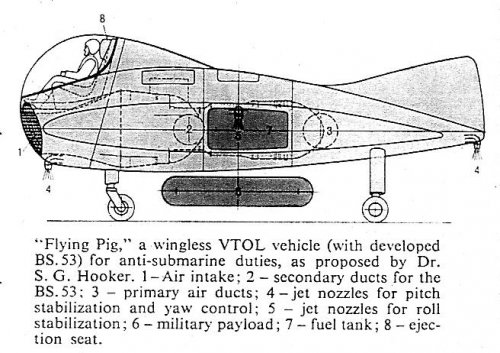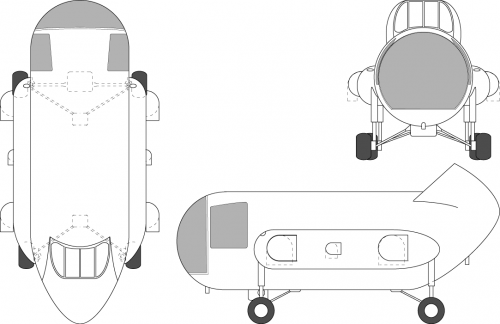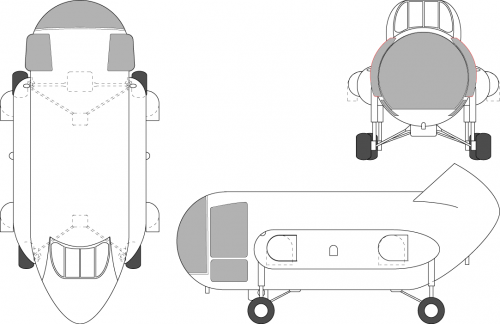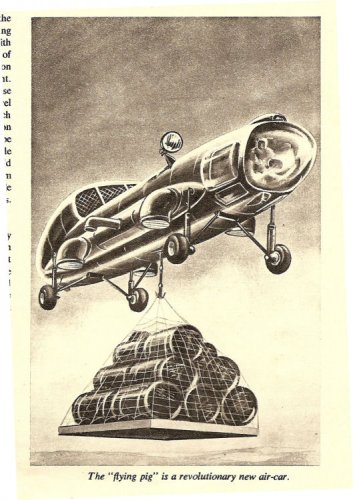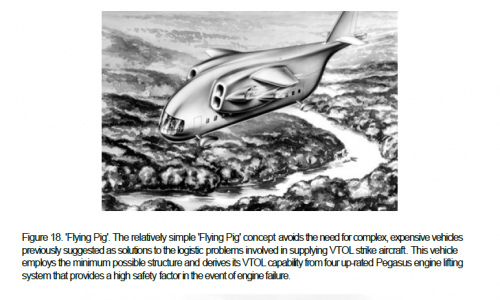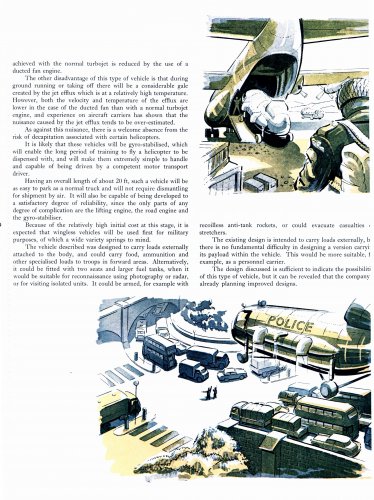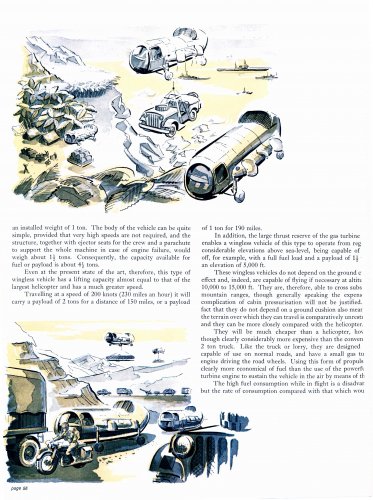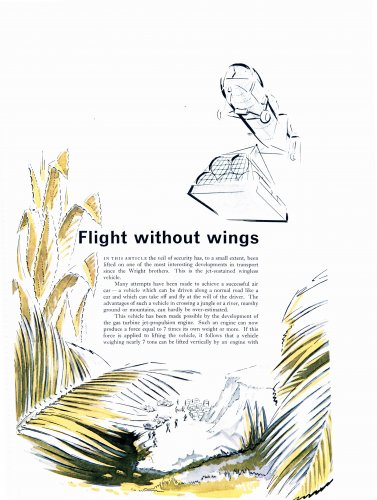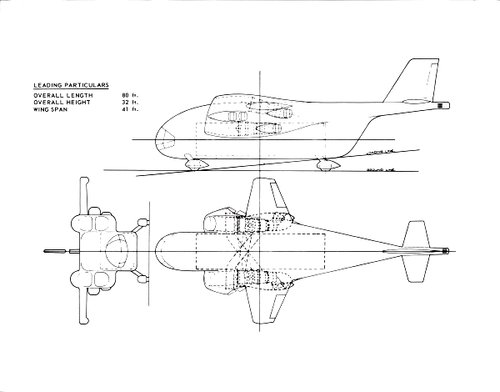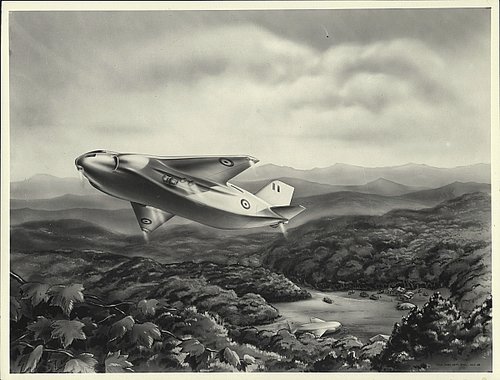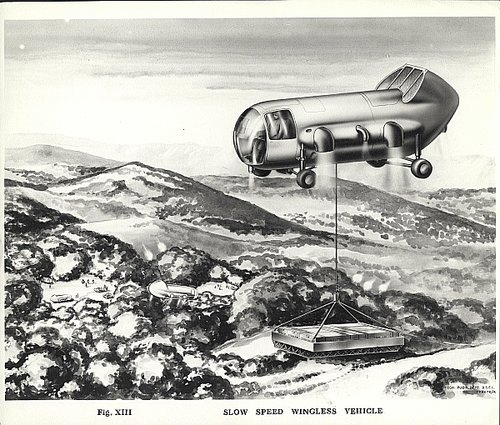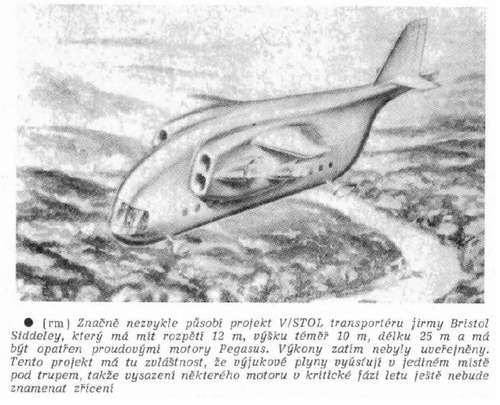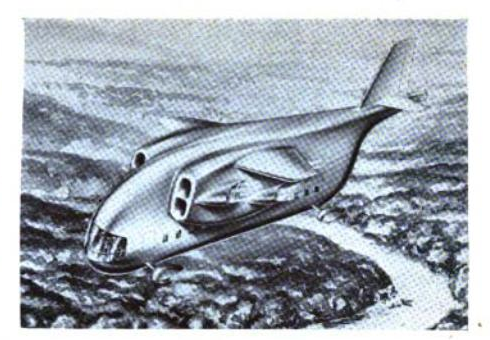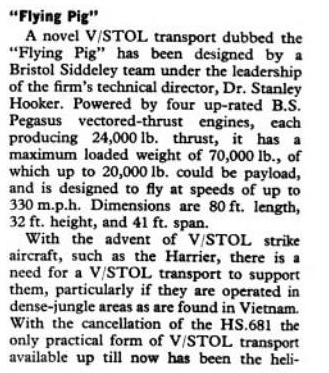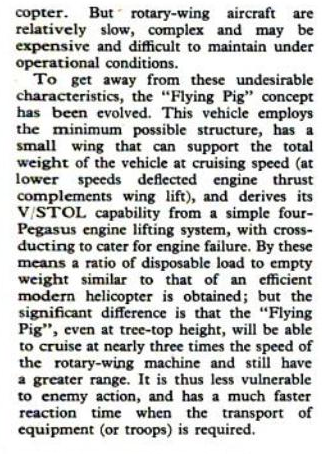- Joined
- 27 December 2005
- Messages
- 17,752
- Reaction score
- 26,458
Found some brief specs on this one in an Air Pictorial.
- VTOL transport, partly replacing cancelled H.S.681, designed for minimum structure weight, sized around payload with smallest wings possible to support weight during cruise. In low speed flight relies on partial deflected thrust.
- Designed by a team under Sir Stanley Hooker.
- Powered by 4 uprated Pegasus engines, rated at 24,000lb each.
- MTOW: 70,000lb
- Payload: 20,000lb
- Cruise speed: 330mph
- Dimensions: 80ft length, 41ft span, 32ft height.

